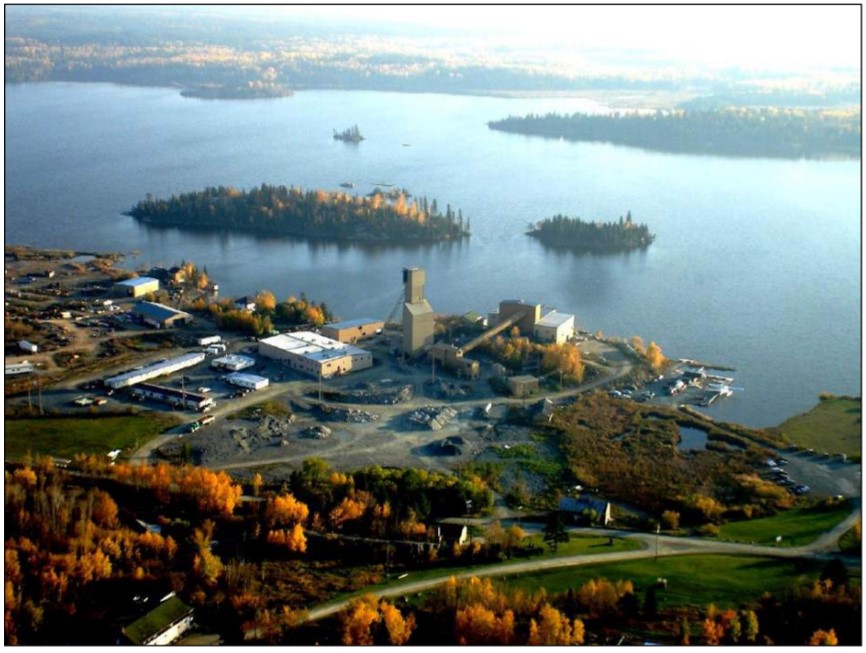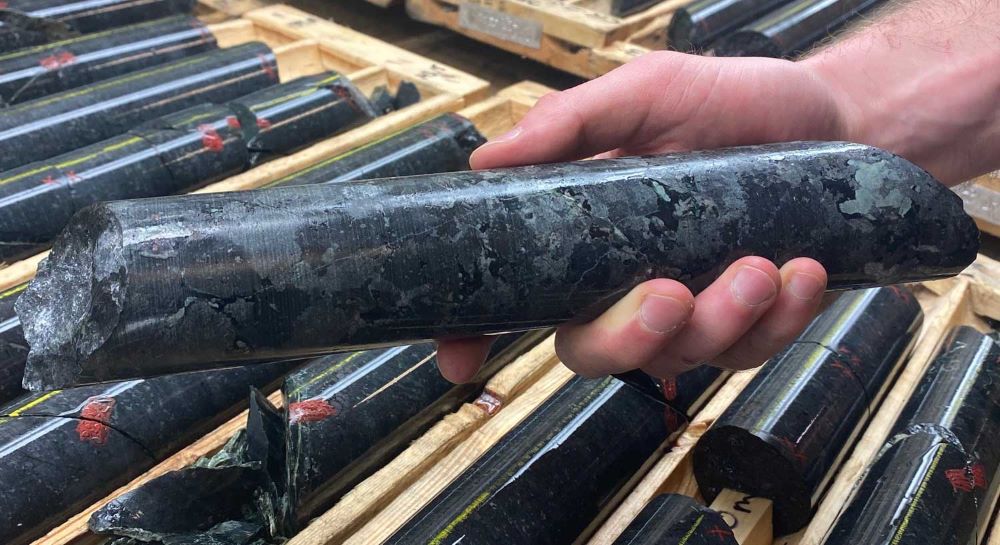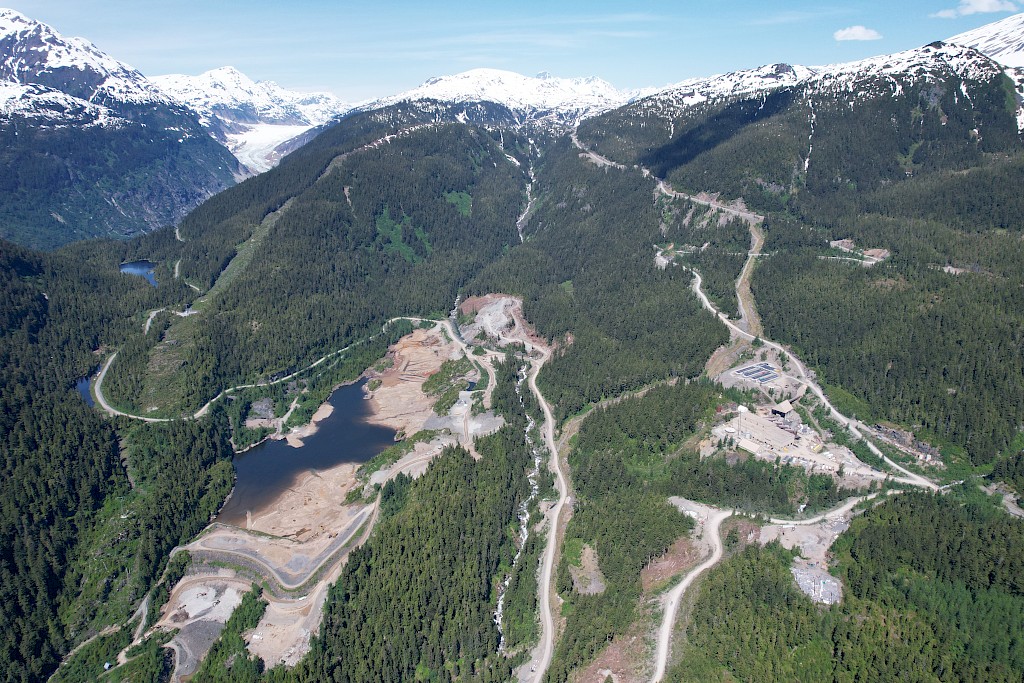I've been in the United States these last three weeks, and have been bombarded with news of British Petroleum's uncontrolled oil spill in the Gulf of Mexico. For readers who don't already know, BP's drill rig, Deepwater Horizon, exploded and sank six weeks ago. All of the company's efforts so far have failed to stem the spread of crude oil from 1,500 metres under the sea onto the coast of Louisiana. Large parts of the fishery on which so many coastal residents depend are closed. A recent report said cleanup workers are falling ill, and workers at rigs near the site of the doomed BP rig, are being sent home because of the noxious smell.
The wall-to-wall news coverage of BP's woes on American TV has made the tailings ponds of Alberta's oil sands producers fade into the background. The anti-tar-sands activists have been quieter than usual, perhaps stunned into silence by the spill in the Gulf. The spill is estimated to have released at least 475,000 barrels and perhaps over 1 million barrels of crude oil.
Worse, hurricane season is underway, and expectations are that it could be a very active season. No one knows how far the crude oil could be spread by high-velocity winds. The shores of Florida, Alabama, Mississippi and Texas, perhaps even Mexico and Cuba, as well as Louisiana are at risk. I am thankful there are no hurricanes in Alberta.
Let me for a minute compare the crude spill in the Gulf of Mexico and the Alberta oil sands tailings.
How big? In the Gulf estimates vary depending on who does the estimating. In Alberta the tails are contained in measurable ponds.
How long will the problem remain? Decades at least in the Gulf. Not only does the crude need to be contained at its source, but the wetlands, beaches, fisheries and communities that are affected will need extensive remediation. The effects of the 250,000-barrel Exxon Valdez spill in Alaskan waters in 1989 are still being felt today.
In Alberta the tailings ponds will be a feature of the landscape as long as the oil sands are mined or until they can be remediated. Emerging technologies are brining the goal of cleaner disposal within reach. Admittedly, however, there is a long way to go.
What will it cost? The cost to tourism and the fisheries in the Gulf is going to be astronomical. The seafood industry in Louisiana is worth US$2.4 billion annually. The Florida tourism sector generates US$60 billion a year.
BP said that up to June 1, it had spent US$990 million on cleanup. That pales in comparison to the recent drop in share value, estimated to be US$23 billion. The price of individual ordinary shares is down 35% since the Horizon rig sank.
For oil sands producers, the management of their tailings containment areas is a normal part of doing business, factored into the cost of producing each barrel of oil.
What do CMJ readers think? A week ago I asked our readers which environmental problem - BP's spill in the Gulf of Mexico or the oil sands tailings - is worse? Ninety-four per cent of them think the crude spill is worse. That comes as no surprise, and I am inclined to agree with them.
What's next? Ironically, BP announced in March 2010 that it has signed a deal with Value Creation Inc. for the development of the latter company's Terre de Grace oil sands leases. BP has also agreed to purchase all of Devon Energy's deepwater oil and gas interests for US$7.0 billion, which Devon will reinvest for a 50% share of BP's Kirby oil sands leases.
For Alberta's oil sands producers, the next step is to push the development of cleaner production and tailings methods. And make sure that the technologies are applied in ways the general public is aware of the improvements.





Comments
PRAKASH MULLICK, P.Eng., FEC
I am not surprised either that 94% of the respondents felt that the spill in the Gulf of Mexico is a greater environmental problem compared to the oil sands tailings.
Having lived in Fort McMurray and worked in the oil sands industry for 25 years, I would like to state that there is a fundamental difference between the two.
The oil sands tailings are contained in talings ponds and as such do not create an environmental problem. It is true that 1,600 ducks died in one of the tailings ponds at Syncrude Canada Ltd. operations. This was an unfortuante incident, and Syncrude has already taken steps to ensure there is no recurrence.
Suncor Energy Inc., which started its operations in 1967, has recently reclaimed its first tailings ponds. The surface is being prepared for vegetation that would be amenable to return of wildlife. In the years to come, visitors would not know that there was a tailings pond underneath.
Oil sands companies have been developing technologies to handle the tailings in an environmentally friendly manner. I have no doubt in my mind that a catastrophic environmental disaster from the tailings ponds is a very remote possibility.
Regrettably, the loss of life of 11 workers in the Deepwater Horizon incident has been forgotten. These workers went to work to earn a living and support their families. They should be honoured and remembered.
As a comparison, there has never been an incident in the oil sands industry where there have been multiple fatalities of this magnitude.
Let us hope the lessons learned from the Deepwater Horizon incident would help the oil industry to do better in the future and prevent similar incidents from happening again.
Thanks for your attention.
Dave
Mr. Mullick is wrong, Suncor hasn’t yet reclaimed a tailings pond. The company was told by the regulators to reclaim it but all they are doing is transferring the fluid contents elsewhere. No operator has yet reclaimed a tar sands tailings pond. They’re far to large to be reclaimed, it would cost too much.
It’s pretty clear that the tailings mess will still be there when the bitumen is gone and Canadian taxpayers will once again have to clean up behind an irresponsible industry.
So far there are 225 billion gallons of toxic mature fine tailings behind dikes in lakes that cover more than 65 square miles and the inventory is growing at the rate of more than 15 billion gallons a year. It really is criminal.
Rolf N. Pedersen, Ottawa
I can’t speak for other people but a comment from somebody who is not adequately identified carries very little weight with me, and I suspect many others think the same. I’m much more inclined to give credence to Prakash Mullick than Dave.